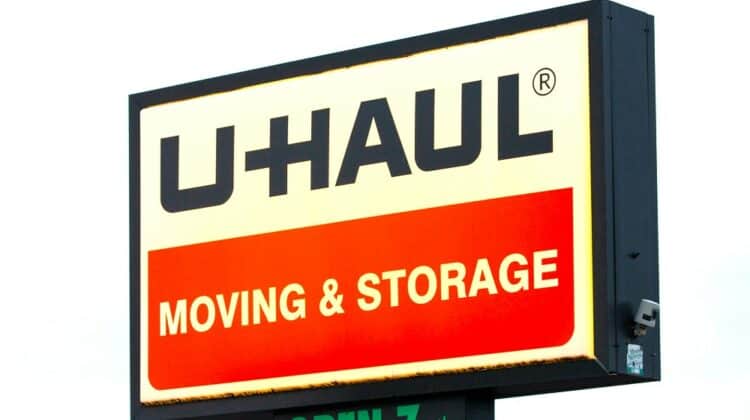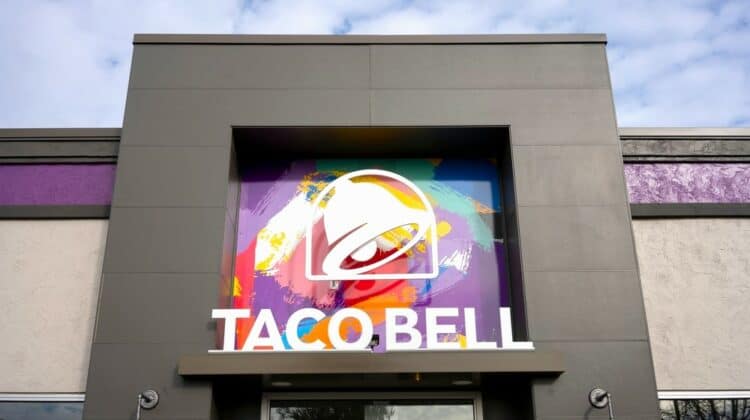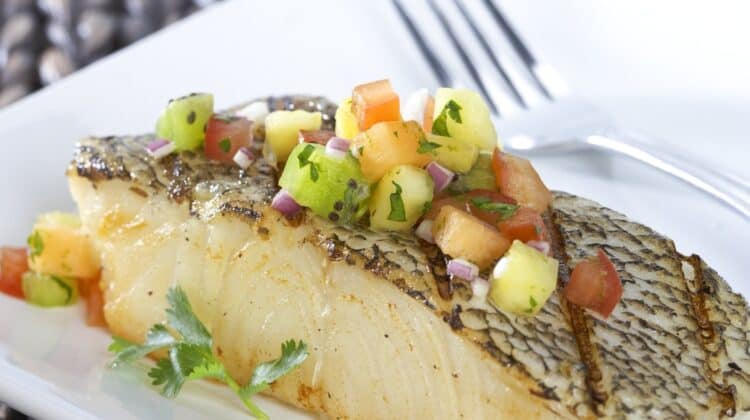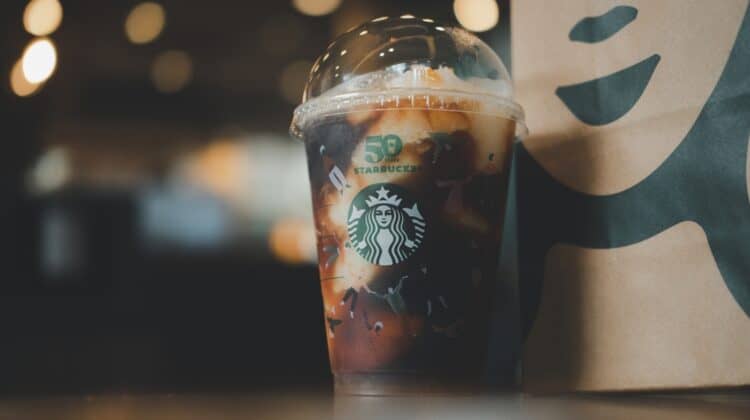
Diamond jewelry is one of the most common types of gifts to give a loved one.
It might be a diamond ring, necklace, or even earrings.
Although some jewelry may contain gold or other precious metals, the real expense often comes from the diamond used in the jewelry.
Considering that diamonds are just rocks, you may wonder what makes them so expensive.
Why Are Diamonds So Expensive? (10 Reasons)

The average price of diamonds relates to their carats with diamonds less than 0.50 carats costing around $2,000 while those weighing more than five carats cost around $28,000.
Diamonds are expensive based on their size, the expense of mining them, the fact that they take a long time to form, and the various other costs associated with transporting and securing them.
Let’s look at these factors and others in more detail.
1. Take A Long Time To Form

One of the reasons diamonds are so precious is that they take a very long time to form.
In fact, it takes anywhere from a billion to three billion years for a diamond to form.
It takes such a long time because diamonds rely on specific conditions to form.
For one, it needs the high pressure that typically exists several miles below the Earth’s surface.
It also needs the hot temperatures present beneath the earth’s crust.
Over time, the combination of pressure and hot temperatures create diamonds out of carbon.
It’s a slow process, however, so most diamonds found today initially formed eons ago.
This makes diamonds expensive because they’re exceedingly rare.
You’d have to wait several billion years before you could find more diamonds.
Since no one is likely going to be alive during that time, all they have is the diamonds that exist now.
With such scarcity in the market, it means the price of diamonds is going to be high.
Diamonds are expensive because they take billions of years to form.
2. Only A Few Actually Become Gem-Worthy

To make matters even worse, not every diamond found in a mine is worth keeping.
New diamonds, for example, may need a few more centuries, or even millennia, to fully form.
They’re not worth mining.
Others may have some sort of defect that makes them worth nothing.
For example, they might have marks on them from mining.
Others might not have formed in a way that makes them ideal for gem cutting.
Some might not be clear or even the right color.
Whatever the problem might be, not every diamond is valuable.
This only makes the scarcity of diamonds even worse.
For every 100 diamonds found in a mine, the company might only discover that 10 are actually valuable.
Since the company needs to make money, they’re going to charge a lot for those gem-worthy diamonds.
Diamonds are expensive because not every diamond is gem-worthy, which only makes the scarcity of diamonds worse.
3. Expensive Equipment To Mine Diamonds

Mining diamonds is an expensive undertaking.
Diamonds exist deep within the earth’s crust.
They don’t rise to the surface with age.
If anything, they might get buried deeper and deeper into the earth.
As such, to access the diamonds, mining companies have to build deep mines.
That can be quite dangerous.
They need to ensure that the holes that they create are secure.
If the mine collapses, they could face terrible consequences.
Reinforcing mine shafts, digging shafts, and using expensive equipment and machinery all make mining for diamonds very expensive.
There isn’t even a guarantee that they’re going to find diamonds.
While most mining companies will perform some sort of geological survey, they can’t be sure if the diamonds located beneath the surface are going to be worth the effort.
They might end up discovering a bunch of worthless diamonds.
As such, mining diamonds can be a bit of a gamble.
If the mine doesn’t produce diamonds that are gem-worthy, then the company could go bankrupt.
This makes diamonds expensive because it means mining companies need to make up for their costs by a significant amount.
They need enough revenue to store away for a rainy day.
Diamonds are expensive because the mining process and price of the equipment are quite expensive.
4. Labor Costs

There are certainly mining companies out there that don’t pay their laborers enough, if anything, but others take care of their workers.
They know that without their miners, they wouldn’t be able to find diamonds.
While some machinery might be used to dig the initial layers of the earth, most diamond mines still employ human workers.
The last thing a company wants is to have its big machines dig into a diamond cache and ruin them.
They need human workers who can carefully work the earth and dig around the diamonds.
If they find a cache of diamonds, then they can carefully dig them out instead and increase the chances of harvesting them undamaged.
The problem with hiring human miners is that they can be expensive.
It’s hard and dangerous work.
Although reputable mining companies will make their mine shafts as safe as possible, there is always a risk of collapse.
With that much pressure beneath the earth’s surface, even the best structural supports might start to lose their strength.
To make it worth their lives, miners need to receive decent pay.
Mining companies have to pay them even if they don’t find any valuable diamonds.
As such, they can take on some pretty high labor costs.
To cover those costs, they need to sell their diamonds at high prices.
Diamonds are expensive because labor costs are high.
5. Diamond Processing Costs

Besides costs associated with mining diamonds, there are also processing costs that either the mining company covers or jewelry stores cover.
Once a raw diamond leaves the earth’s crust, it has to undergo a series of processing steps.
A diamond isn’t very attractive on its own.
It’s up to gem makers to turn them into the beautiful pieces typically used in jewelry.
A diamond has to go through a cleaning, cutting, and shaping process before it’s ready for use in jewelry.
Each step requires careful work and time.
It’s also all done by hand.
Workers will carefully sort the diamonds that have actual value.
They’ll clean them to bring out their brilliant color.
Then the gem maker will determine how to cut the diamond.
Some of that decision might come from the diamond, itself.
For example, the diamond might already hold one of the typical shapes used in jewelry.
Then they’ll carefully cut the diamond into one of the most popular shapes using a variety of tools.
The expertise of the gem cutter can make stunning diamond pieces.
However, this also makes the diamond more expensive since it adds more costs to the processing.
Diamonds are expensive because of the cost of processing and cutting them.
6. Economic Stable Gem

One of the reasons diamonds have a lot of value is that they’re economically stable.
Even as prices fall for other items, the price of a diamond remains as it is.
It sometimes even increases in value.
This makes diamonds valuable because it means a lot of people invest in diamonds.
Should the economy take a severe downturn, they know that they have some wealth and buying power with their diamonds.
This makes diamonds expensive because it means they’re in higher demand due to their value.
Since diamonds are naturally scarce, if demand is high for them, it means the price of diamonds is only going to increase.
Because of how beautiful and valuable they appear, there is always a high demand for diamonds.
Diamonds are expensive because they’re an economically-stable gemstone which only increases their demand.
7. Monopoly On Diamond Mining

One of the problems with diamond mining is that it’s primarily controlled by only a few countries and their respective mining companies.
There are only five countries that contribute to the world’s diamond market.
In fact, they make up 60% of the market.
One of the biggest diamond producers is Russia.
In Russia, there is only one mining company that is primarily responsible for producing diamonds.
That company is ALROSA.
The other top countries that produce diamonds include the following:
- Botswana
- Democratic Republic of Congo
- Australia
- Canada
Another big mining company is De Beers, which has mines in Botswana, Canada, South Africa, and Namibia.
The problem with all these larger companies handling diamond production is that it creates a monopoly in the diamond industry.
That’s especially true when mining companies like De Beers buy out other mining companies.
It reduces competition in the market, which means the companies that still operate in the market can put whatever price they want on their products.
They don’t have another competitor driving prices down.
Instead, consumers have to buy their products at the prices that these companies want to sell them at.
Diamonds are expensive because their production primarily comes from only a few mining companies.
8. Security Costs

Due to how valuable diamonds are, some people are always looking to steal them.
Whether it’s theft from the mine or somewhere else down the shipping line, transporting diamonds can be dangerous.
As such, most mining companies have to invest heavily in security.
Some might even have a private guard to ensure their diamonds arrive at their destinations safely.
Along with private security forces, which are extremely expensive, mining companies also need to invest in secure storage containers.
Whether it’s sophisticated vaults or other storage containers, they need to ensure it’s difficult for thieves to access their diamonds.
Those types of security costs can become quite expensive.
The companies add those costs to the price of their diamonds.
Diamonds are expensive because security costs can be high.
9. Diamond Size

All diamonds have a beginning value based on their size.
The size of the diamond is in carats.
There’s some confusion between carats and karats.
Carats are primarily used for diamonds and other gemstones.
It’s a measure of the diamond’s weight.
The more that the diamond weighs, the bigger it is, and the more value it has.
Karats refers to a metal’s purity.
It’s primarily used with gold.
Regarding the size of a diamond, the higher its carat weight, the more expensive it is.
That’s its base value.
The price of the diamond only increases from there based on the quality of the gem as well as the costs the mining company and jewelry store had to incur to bring the diamond to the market.
As such, some of the most expensive diamonds are often the biggest ones.
Diamonds are expensive when they have a large carat weight.
10. Certified Diamonds Versus Uncertified Diamonds

A final reason diamonds are expensive is that they’re certified by the Gemological Institute of America.
The GIA is a group of experts who grade each diamond based on a few factors, including its carat weight, its cut, its clarity, and its color.
These experts are the ones who determine the value of a diamond.
You’ll often find that diamonds are more expensive when they are certified by the GIA.
That’s because the diamond had to go through a series of tests to authenticate its value.
They’re seen as more valuable because they have proof that they are valuable.
It also means that consumers don’t have to worry about buying a fake diamond.
It gives them peace of mind.
Diamonds are expensive when they’re certified by the GIA.
NEXT: How Late Does DoorDash Deliver? (2023 Updated)






















